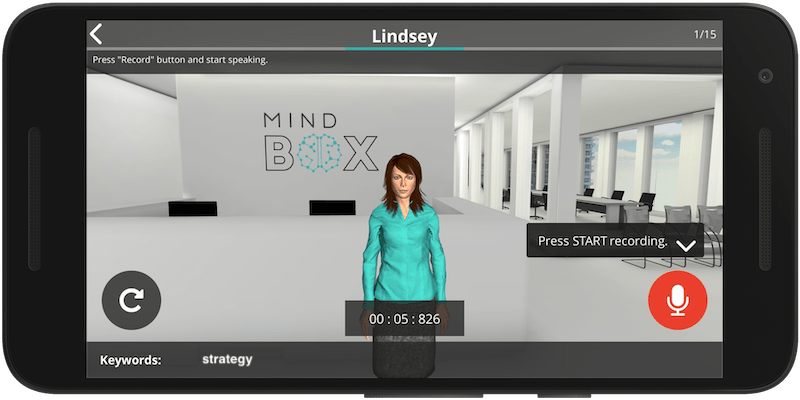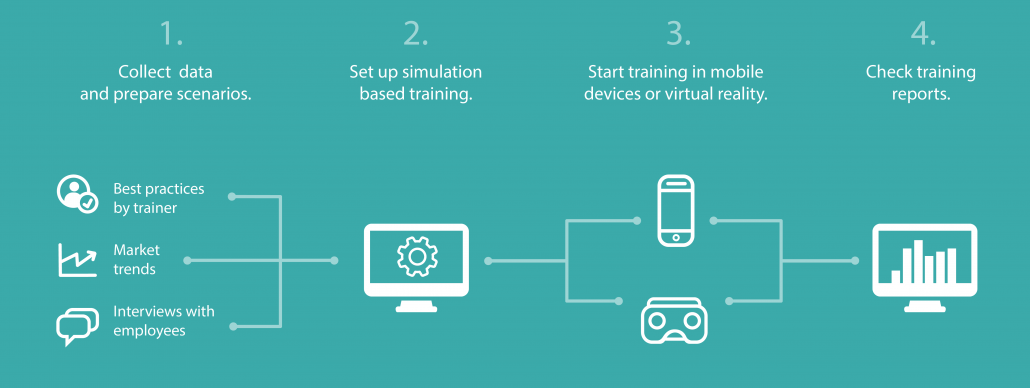There is not an unusual phenomenon when customers knew more informations about products or services as a call centre agent. You’re offering training sessions for your agents and giving them all the information they need to know. But when the time comes for them to apply their knowledge, they don’t seem to have retained much. As a result, performance is lower than expected. This may be solved with focused training in call centre.
Call Centre Problems
First, when calling the customer to support centre, customer support agents supplied distinct answers in 41% of the instances. Agents didn’t know the response 34% of the time and 31% of the time a response couldn’t be located on the business site. Such findings suggest that businesses don’t care with regards to training agents on the right way to deal with a customer call. In reality, agents will not understand all question or can’t provide correct answers.
Agent’s should simply access the content they need and making decisions based on not on a limited information. But they should be able to build the knowledge base which would allow them for providing relevant responses to customers.
Another problem is the high turnover of staff in the call centre (turnover rate of between 30 and 45 per cent). Replacing a call centre employee costs approximately three to four months of the position’s pay (combined cost of recruitment and training plus lost productivity). For new employees, quick and efficient training is needed to provide relevant information to customers.
Training in Call Centre
Call centre agents are the customer’s entry into the company. Continuous training in call centre should be an important part of the training strategy.
Traditional Training vs. Simulation Training
The most popular training in the call centre is a classroom training, where the focus is on product knowledge training, how to use mainframe information systems, customer service etiquette. The typical classroom training end of role-play training to provide “real-life” experience to trainees.
One or more customer calls are scripted and enacted, where one party plays the role of a customer (typically the instructor or another trainee) while another party plays the role of the call centre agent. The contact is face-to-face allowing the parties in the role-play as well as other onlookers opportunities for observation. The participants obtain feedback from the instructor when mistakes are made.
Emerging technologies led to the development of simulation training methods, which offer enhancements to behaviour modelling that are absent in role-play training. Simulation training, similar to role-play training, relies on the principles of behaviour modelling for influencing performance.
The traditional simulation training consists of three parts: paced observation, modularized practice with feedback and integrated practice with feedback. In the first step, the simulation provides an integrated audio-video presentation of played conversations between customers and call centre agents. The trainee is only an observer in this stage. In the second step, the trainee handles a part of the call and the computer handles the rest. The third step involves an “integrated practice with feedback,” wherein trainees field the entire call, with the computer prompting the right course of action in case of trainee error.
The difference between simulation training and role plays
There are three training environment factors on which simulation training differs from role-playing training — realistic context, guaranteed feedback with the less threatening environment for repetitions, and a paced learning environment.
In realistic context simulation training in call centre for agents mimics the job context more strongly than role-play training, thereby leading to the superior transfer of skills and behaviours.
Feedback established connections to previously learned skills and knowledge. Empirical research demonstrates that, by and large, seeking feedback is difficult because of impression management concerns. In role-play contexts, feedback is not guaranteed and, further, the feedback provided by the instructor may or may not address a trainee’s individual concerns. In a simulation training is an inbuilt feedback mechanism. If a trainee makes an error, the system show or suggestion the right course of action.
Simulation training allows trainees to go through the different training steps at their own pace and own comfort level. Simulation training allows trainees to continually refine and develop their knowledge structure as they practice, backtrack and practice again until their compilation of the procedures is sound.
The research shows that simulation training results in a significant reduction in call duration relative to role-play training. The average call duration for simulation trainees is 20% lower than that of role-play trainees during their first two weeks on the job.
Regular knowledge-building for agents by simulation training
Simulation training offers the ability to mitigate ill effects. Create for your agent your own simulation training content by MindBox VR solution.
MindBox VR solution is designed to give agents targeted assistance to boost their knowledge and performance. Instead of watching videos, or listening to a recorded interaction, you can place agents in the simulation of situations where they gain hands-on-experience and practice their skills. It is the great solution for preparing focused training in call centre for agents.

Learning employees through the mobile app.
Feedback and hints are a part of MindBox VR platform. Help trainees develop procedural knowledge, have a complete cognitive understanding of the task, and strengthen cognitive organization and retention. It helps to accelerate learning.
Summary
It is important that new agents perform well from day one to build their confidence. If agents are not off to a good start, it can increase their stress and anxiety and result in high turnover. It is well documented throughout the literature.
Simulation training is highly scalable once the simulations have been developed, offers the ability to mitigate these ill effects. Not only does simulation training result in greater call accuracy for new hires, it is also much more scalable than role-play training. It also provides training on a continuous basis to reinforce good practices and fix problems mentioned in this blog.












